Claudia López Lloreda is a reporter for The Transmitter, covering neuroinflammation, systems neuroscience and neural mechanisms of behavior. Before joining The Transmitter in 2025, she interned at STAT, Science and The Scientist.
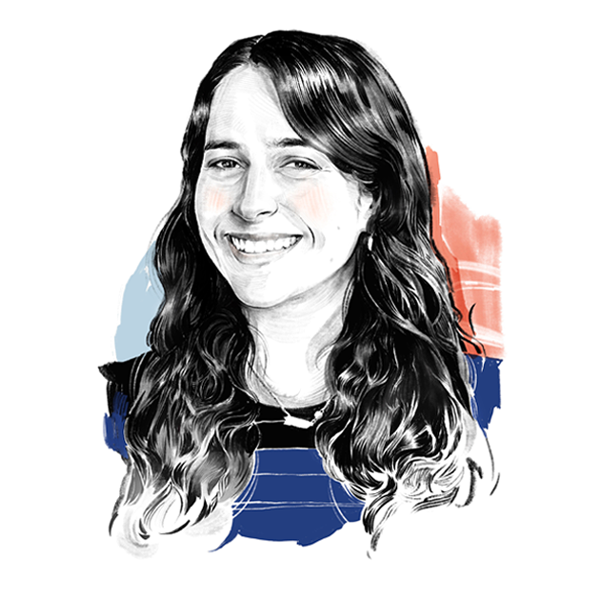
Claudia López Lloreda
Reporter
The Transmitter
From this contributor
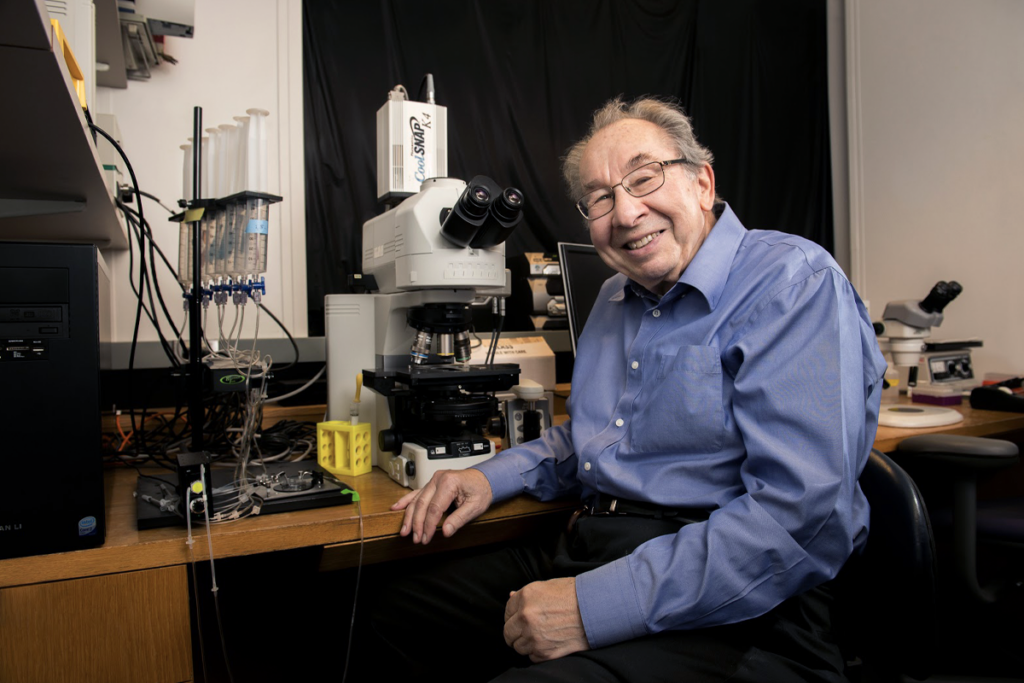
Remembering GABA pioneer Edward Kravitz
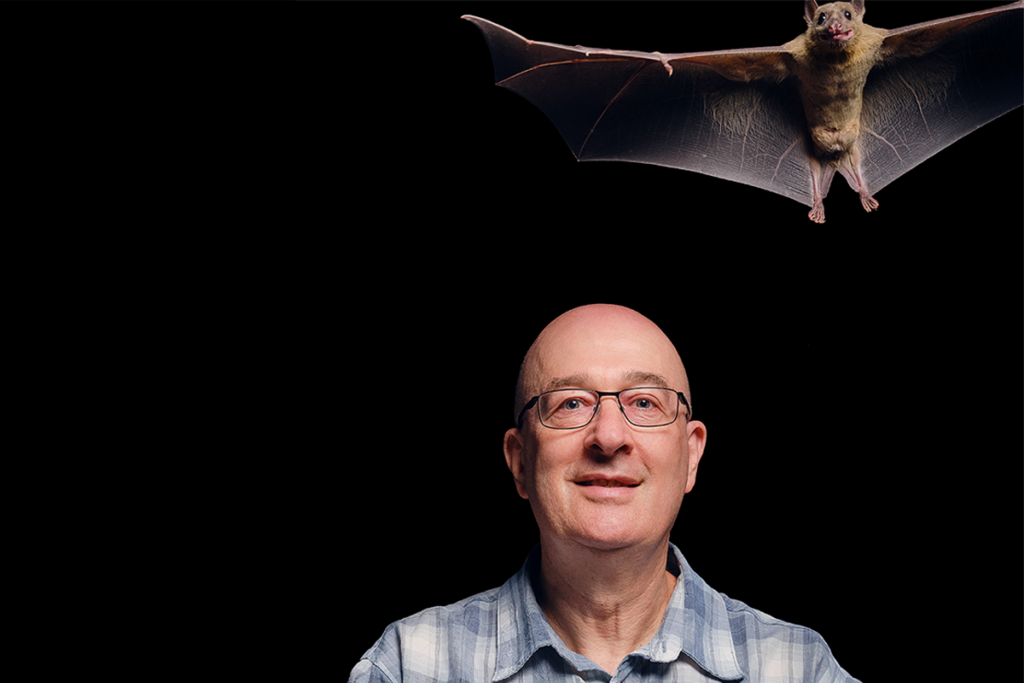
Diving in with Nachum Ulanovsky
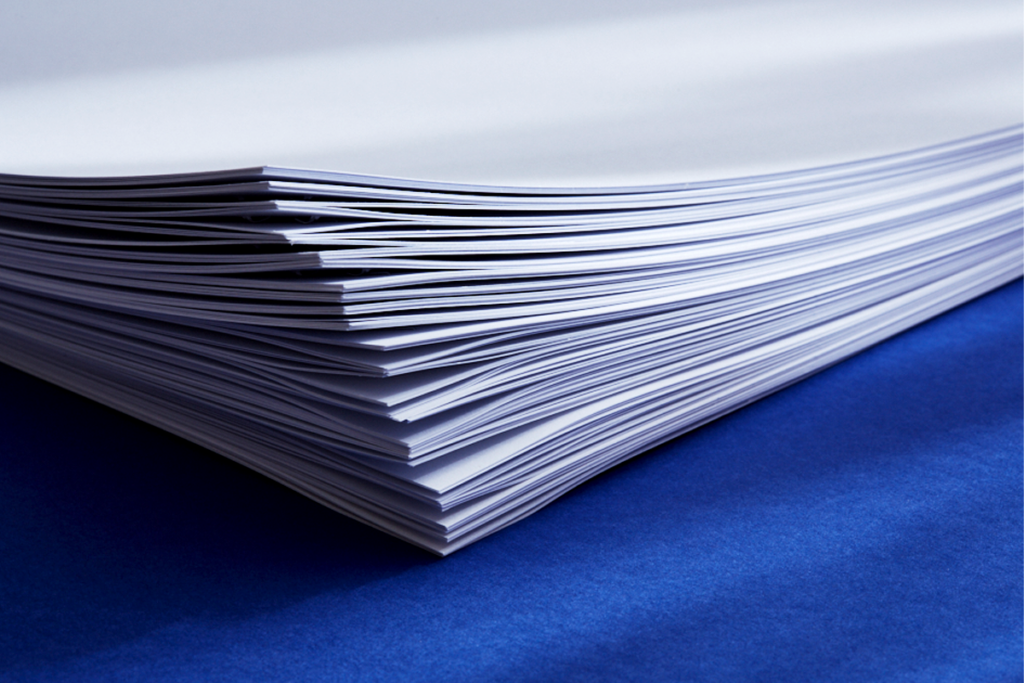
Exclusive: The 23 studies the FDA based its expanded leucovorin label on
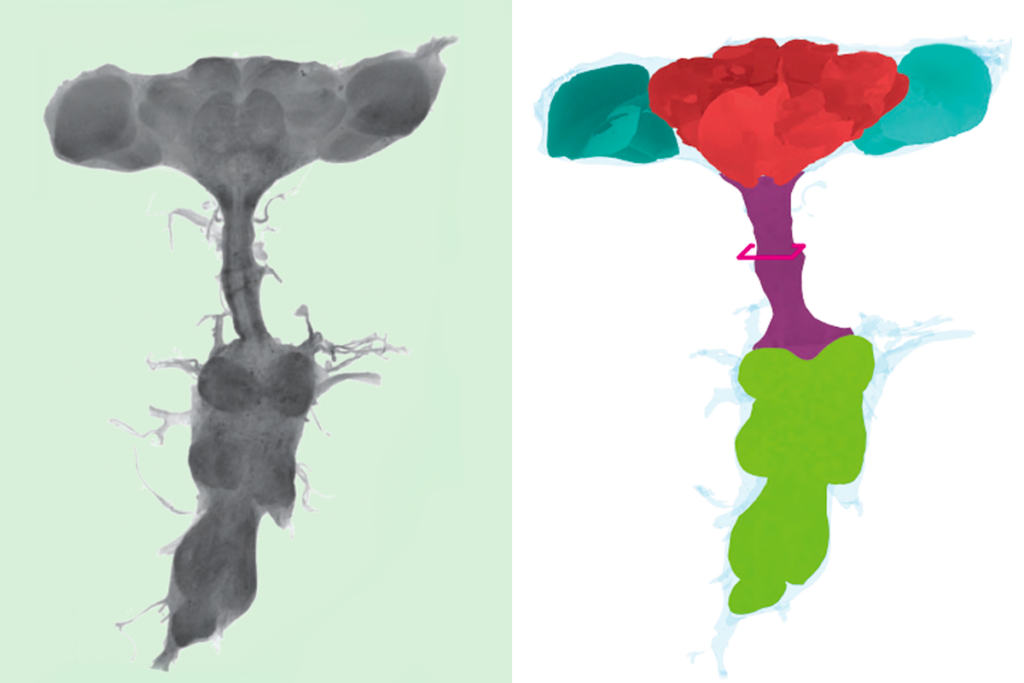
Local circuit loops within body control fly behavior, new ‘embodied’ connectome reveals
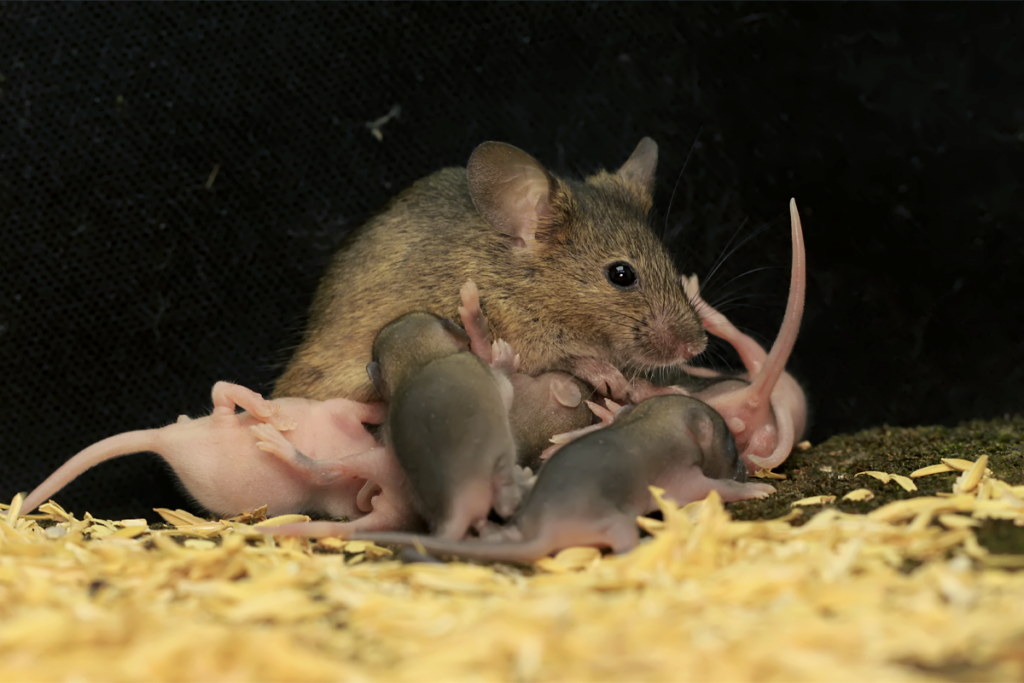
Oxytocin shapes both mouse mom and pup behavior
Education
- Ph.D. in neuroscience, University of Pennsylvania
- B.S. in cellular-molecular biology, University of Puerto Rico, Rio Piedras
Explore more from The Transmitter
Are brains and AI converging?—an excerpt from ‘ChatGPT and the Future of AI: The Deep Language Revolution’
In his new book, to be published next week, computational neuroscience pioneer Terrence Sejnowski tackles debates about AI’s capacity to mirror cognitive processes.
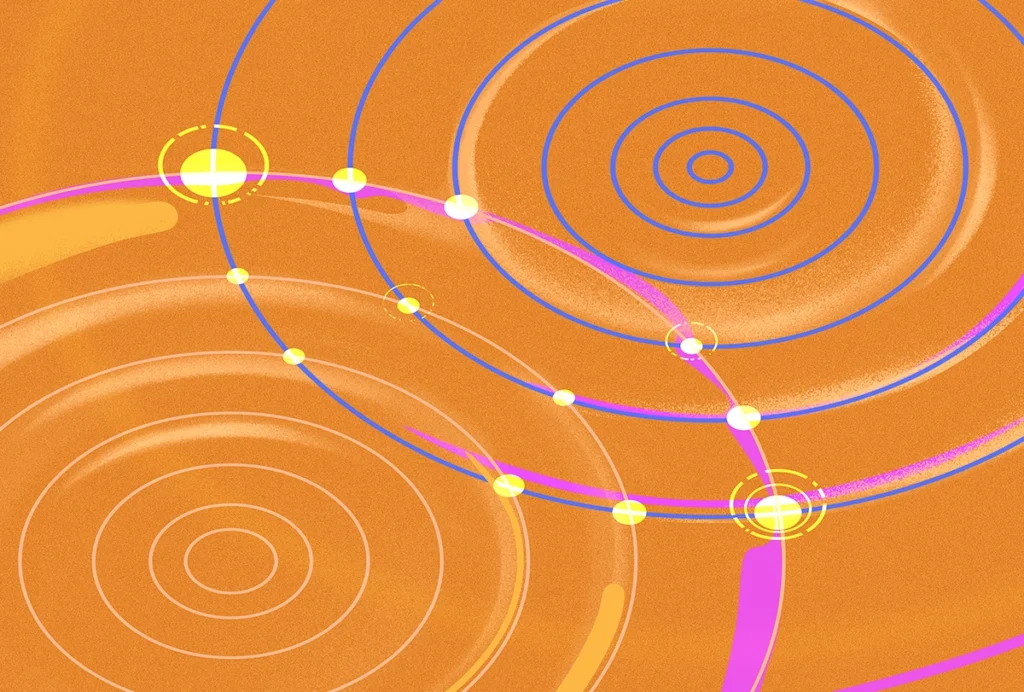
Are brains and AI converging?—an excerpt from ‘ChatGPT and the Future of AI: The Deep Language Revolution’
In his new book, to be published next week, computational neuroscience pioneer Terrence Sejnowski tackles debates about AI’s capacity to mirror cognitive processes.
Hessameddin Akhlaghpour outlines how RNA may implement universal computation
Could the brain’s computational abilities extend beyond neural networks to molecular mechanisms? Akhlaghpour describes how natural universal computation may have evolved via RNA mechanisms.
Hessameddin Akhlaghpour outlines how RNA may implement universal computation
Could the brain’s computational abilities extend beyond neural networks to molecular mechanisms? Akhlaghpour describes how natural universal computation may have evolved via RNA mechanisms.
Immune cell interlopers breach—and repair—brain barrier in mice
The choroid plexus, the protective network of blood vessels and epithelial cells that line the brain’s ventricles, recruits neutrophils and macrophages during inflammation, a new study shows.
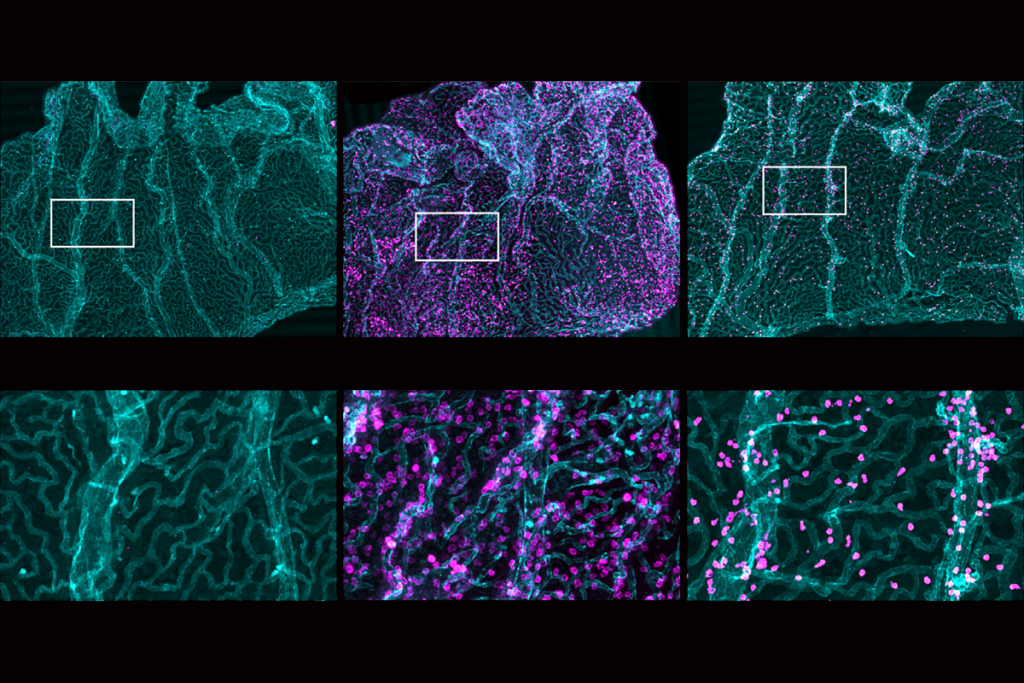
Immune cell interlopers breach—and repair—brain barrier in mice
The choroid plexus, the protective network of blood vessels and epithelial cells that line the brain’s ventricles, recruits neutrophils and macrophages during inflammation, a new study shows.